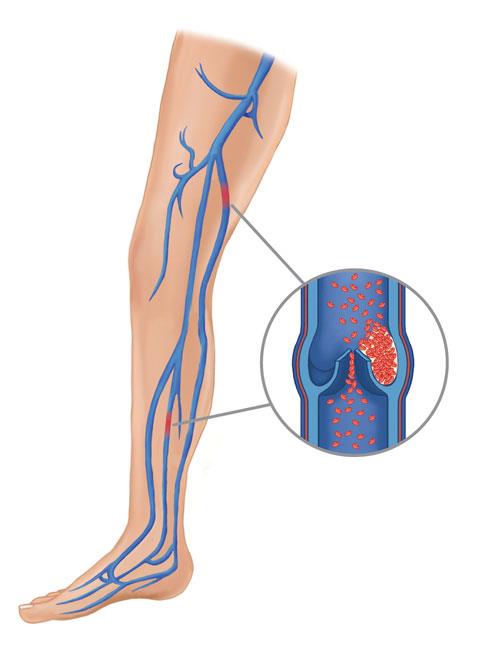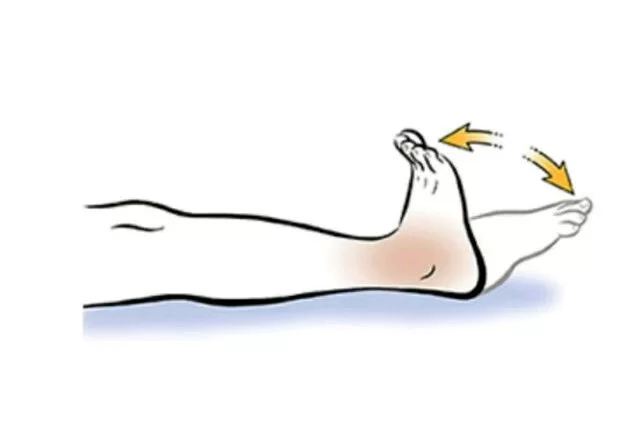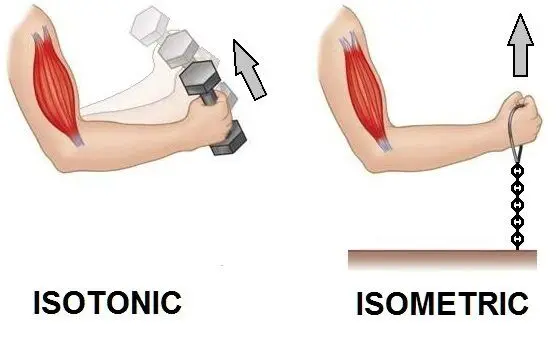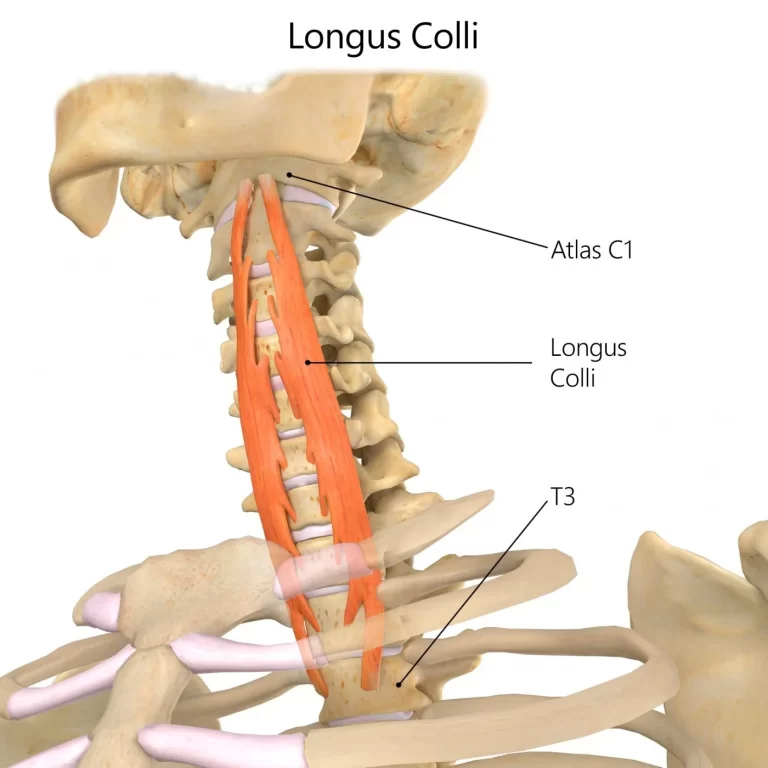Ankle-toe movement(ATM)
Table of Contents
What is ankle-toe movement?
- Ankle-toe movements are an easy but effective exercise that strengthens your ankles, improves your stability, and prevents dangerous conditions like blood clots. You do not need any equipment to complete them, and they have a lot of benefits for both surgical and non-surgical patients.
- Ankle pumps also improve your flexibility. Because they prevent blood clots, doctors often advise ankle-toe movements before and after surgery. Ankle-toe movements are especially important if you’re prone to deep vein thrombosis.
Health benefits of ankle toe movement:
The following are the health benefits of ankle-toe movement:
- To reduce swelling
- To build the strength of Ankle muscles
- To improve blood circulation
- To maintain or improve mobility in pre or post-surgical patients
- To prevent blood clots
- To prevent some conditions e.g. deep vein thrombosis
- Maintain or Improve the Range of motion of Ankle joints

How to do the ankle-toe movement:
- Ankle-toe movements are one of the easiest exercises
- It can be performed in a supine or long sitting position.
- Lie on your back straight.
- Place both hands by your side.
- Now Bend your toes up towards your body as far as possible, then point your toes away from your body. Repeat this 10 to 15 times.
- For making it more challenging you can hold for 3 to 5 seconds during exercise.
- You can also wrap a resistance band gives resistance again movement during ankle-toe movements.
The ankle-toe movement exercise video:
When to do ankle-toe movements:
- If you have to have any surgery, many doctors will suggest you prepare for surgery by doing ankle-toe movements. Ask your doctor before you begin this exercise. If a doctor says yes, then start exercising those ankles.
- At least 7 to 8 days before surgery, complete a daily routine of 15 to 20 ankle-toe movements for each foot two to three times every day. You should complete this movement both before and after surgery.
- If you feel any tension in your ankles, perform these ankle pumps. They just make an ankle feel better too because they increase circulation.
- If you have a job or an activity in which you have to stand continuously for hours at a time, do the ankle-toe movements at least once an hour.
- Even healthy individuals can develop deep vein thrombosis if they do not move enough during the day. So get those ankles moving.
- Any situation associated with long-time bed rest can lead to blood circulation problems. For example, if you have undergone an illness and do not feel like getting out of bed, complete ankle-toe movements several times a day to keep your circulation moving and your legs strong.
Tips for ankle-toe movements:
- Ankle-toe movements are an easy and repetitive exercise that works best when you do them frequently. You cannot expect instant results with just a single session. instead, you need to discipline yourself to complete at least two sessions a day.
- Then you need to do the exercises daily, not skipping a single session. Take your time as you complete each exercise.
- If you’re doing the exercises on a leg that has recently undergone surgery, elevate the surgical leg above your heart as you exercise it. To receive the maximum benefit, you should do the exercise with your leg elevated and fully supported. This will take the stress off the muscles surrounding your knees.

What is Deep vein thrombosis?
- Thrombosis refers to a blood clot. Hence a deep-vein thrombosis refers you’ve developed a blood clot in one or more than one of your deep veins. These blood clots developed in the deep veins of the leg.
- If you have deep vein thrombosis, you may have leg pain, spider veins, or swelling. Although, you can still develop the clot with no symptoms at all.
- One of the major causes of deep vein thrombosis is surgery as in surgery you have to stay bedridden for long period. When you have undergone any surgery on your hips, legs, abdomen, or pelvis, you end up bedridden for a prolonged period. This means you do not move much during this period, and your blood circulation slows down. Blood Circulation prevents clots development, so not moving can cause your blood to thicken and clots to form.
- Pregnancy, obesity, smoking, etc are also the cause of deep vein thrombosis.
- Clots are not only painful but also dangerous. The clot can travel from your leg or other areas to your lungs, heart, or brain, causing a heart attack or stroke.
- Ankle-toe movements help prevent clot formation by keeping your blood circulating.
Precaution:
- Don’t hold your breath during ankle-toe movements
When not to do an ankle-toe movement:
- If you feel any pain during exercise
- If your doctor instructed you to avoid this exercise.
- If exercise will increase your pain.
FAQ
Performing this 10 to 30 times each hour helps prevent blood clots in your legs.
Ankle toe exercises use your calf muscle contraction to pump blood back to the heart. Ankle-toe movements improve circulation in your legs, preventing blood clots – Blood collecting in the lower leg can lead to clotting with long periods of rest or inactivity.
Continue doing ankle-toe movements. They help reduce swelling, improve circulation, and prevent blood clots.
Ankle-toe movements are recommended immediately after joint replacement surgery to aid in reducing swelling and minimizing the risk of developing blood clots—one of the most common surgical complications.
Ankle toe exercises utilize a calf muscle pump function to pump blood to the heart by muscle contraction. Ankle-toe movements are often used for the relief of edema and the prevention of deep vein thrombosis, which are associated with prolonged bed rest






